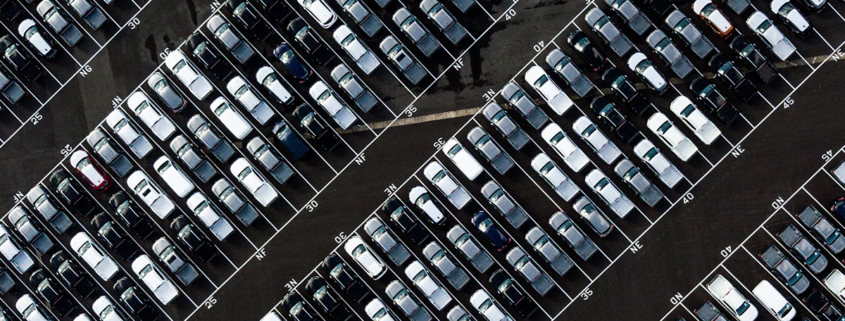Companies made up 59% of new vehicle registrations last year, so why are charging policies centred on private users?
More than 1.7 million new vehicles we purchased by companies last year.
The demographics of EV drivers are changing.
By the end of 2019, there were 36 million cars and Light Goods Vehicles (LGVs) on Britain’s roads, with 2.9 million being registered that year alone. Fleet vehicles make up a huge proportion of these new vehicle sales, with 1,711,000 being registered by companies – almost 60% of new registrations.
Net Zero and low emission transport are a high priority to commercial organisations, fleet investments are moving away from the traditional ICE vehicles towards greener, Electric Vehicles (EVs). This change is happening quickly, with British companies being predicted to spend an anticipated £12 billion on Electric Vehicles in the next 2 years.
The above means that corporations will be the biggest purchaser/leaser of EVs. Some organisations are already making the switch, with Amazon placing a 100,000 unit order with Electric Vehicle start-up Rivian. Other large organisations, such as Asda, Boots and British Gas, are following suit and experimenting with EVs in their fleet configurations.
Changing policy to match demand
Current policy surrounding electric vehicle charging is based on historic usage. Early Adopters were driven by environmental impact and influenced by individual product fit and availability. They were able to cover the high cost of entry these products held and had a safe place to charge them overnight at home. These private users typically do 3.10O personal miles per year, or 60 miles per week.
When companies begin providing EVs for their workforce, the way vehicles are used and the demographics of people that use them is going to change dramatically. In contrast to personal miles, Business users travel nearly 5 times more per year (18,000 miles). Broken down into days, business drivers will need to be able to charge their vehicles overnight to complete the 70 miles per day they travel at work.
To cover 346 miles per week, these electric vehicles need just over 100kWh of charge – something that can only be realistically achieved though overnight charging. But what happens when you don’t have off street parking?
Keeping the workforce moving
With 1-in-3 managers aiming to electrify half of their fleet by 2025, the policy on charging needs to change to align with the needs of corporate drivers. Both Central Government and Local Authorities will need to think carefully about who would benefit most from a strong public charging network, how often they’ll need them and, most importantly, where these chargers are placed.




Leave a Reply
Want to join the discussion?Feel free to contribute!